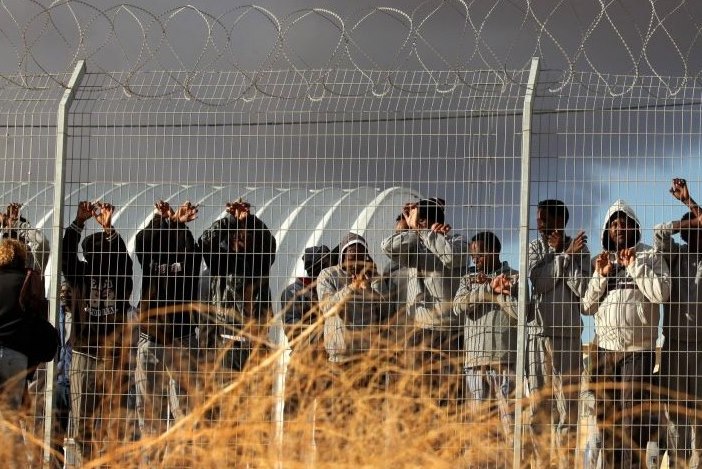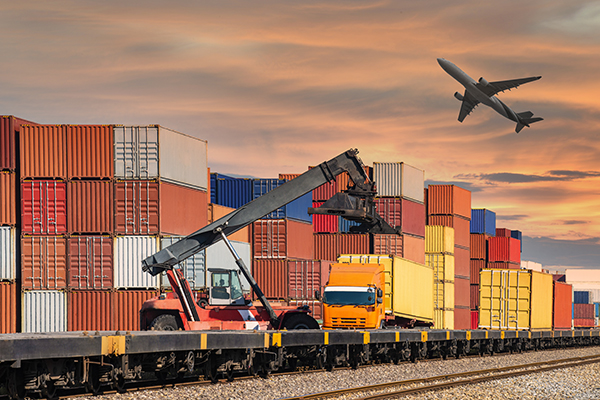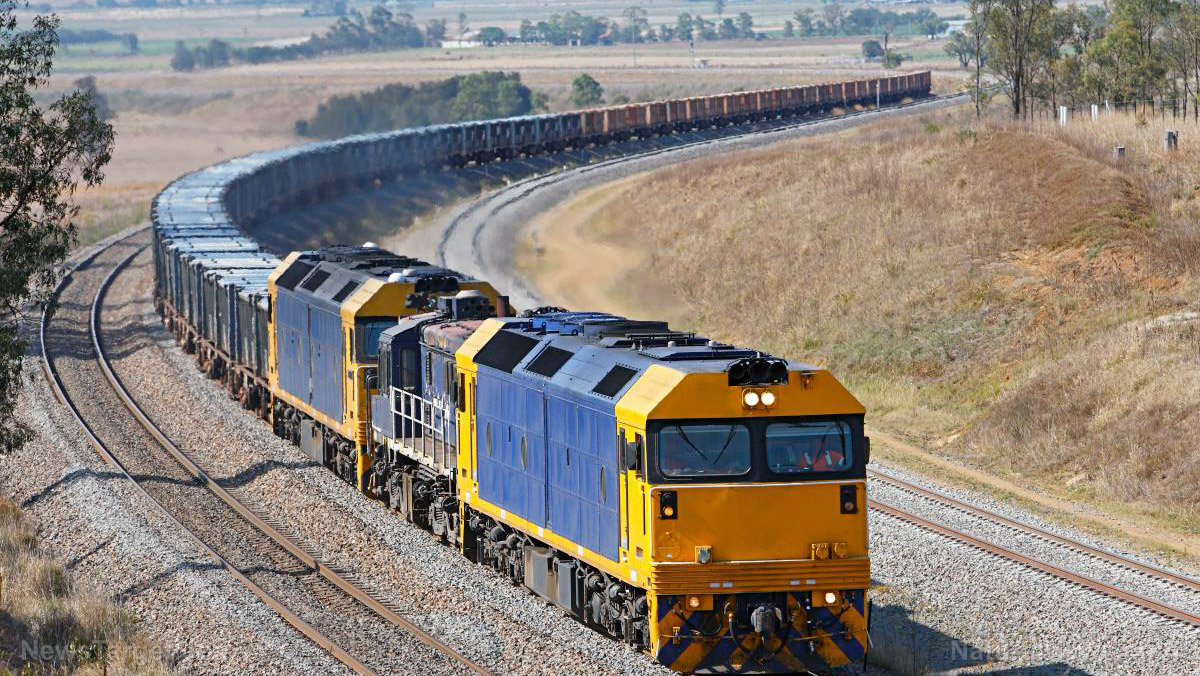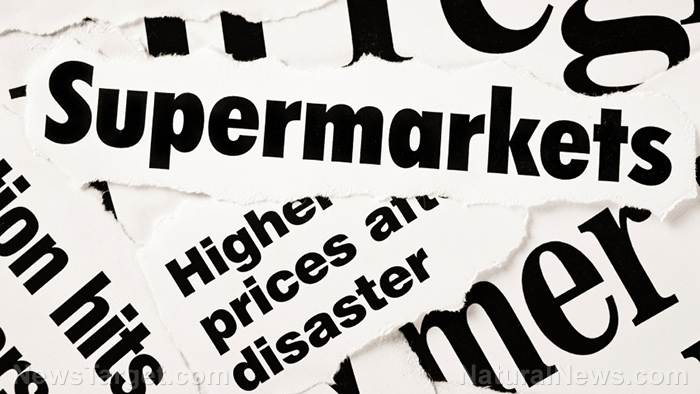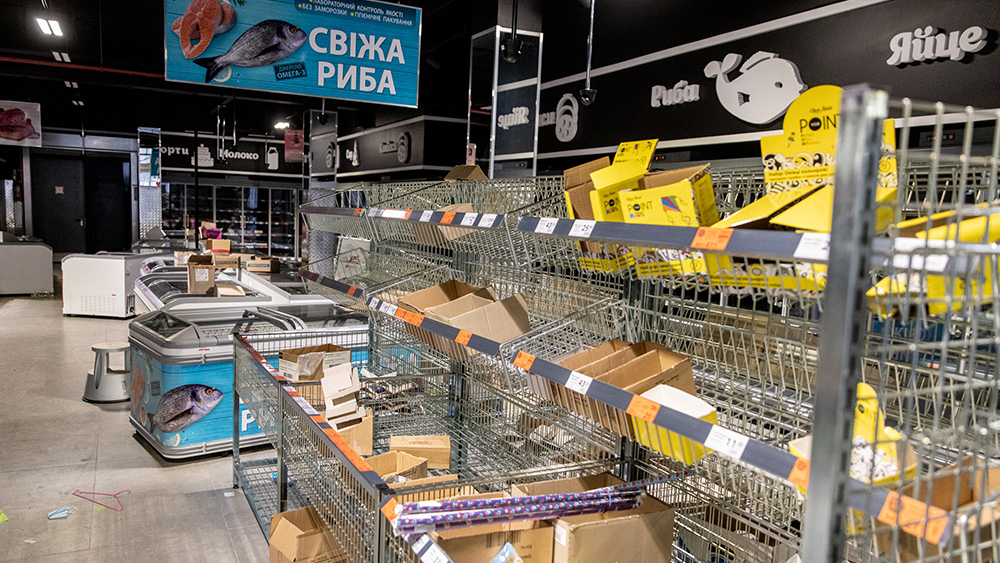Global supply chain collapses with Hanjin bankruptcy… billions of pounds of consumer goods stranded at sea
09/09/2016 / By JD Heyes
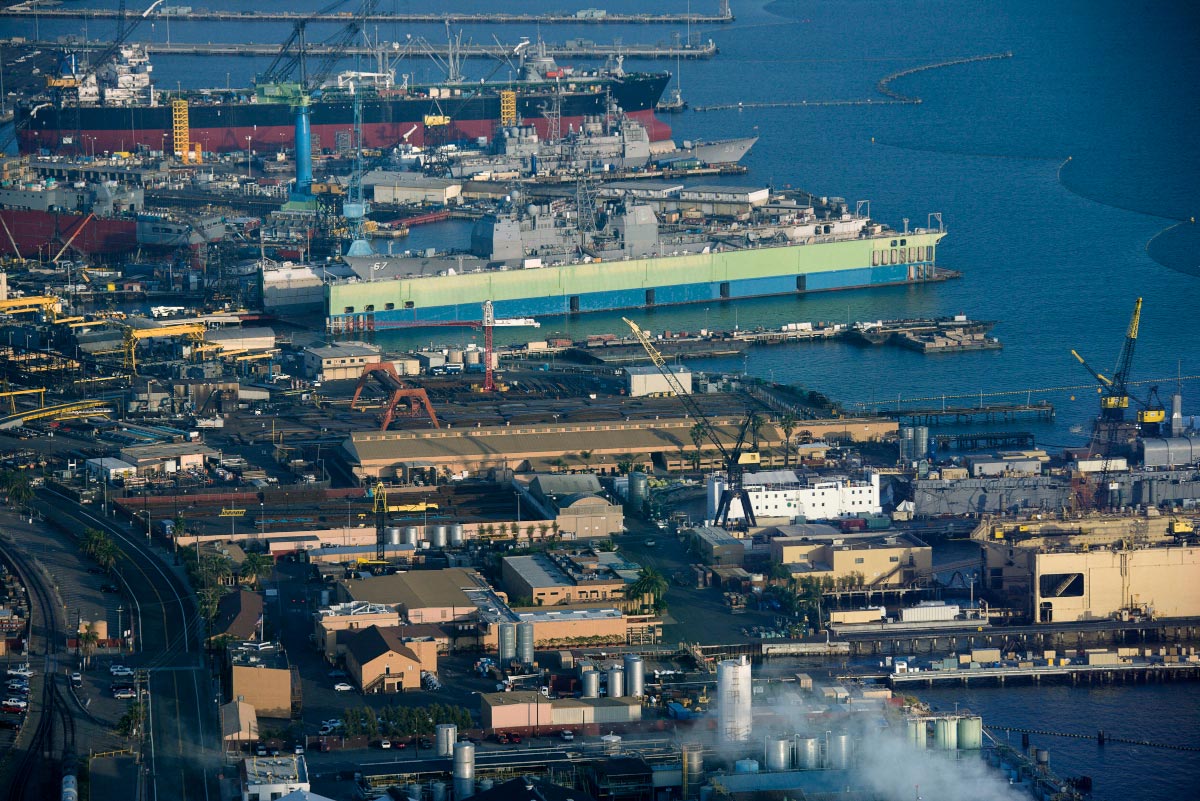
When one of the world’s biggest global container shipping companies filed for bankruptcy protection in recent days, many in the industry shuddered. It’s because they knew immediately what the implications of that bankruptcy meant: Billions of dollars’ worth of goods that had been ordered by companies and manufacturing plants around the world would now go undelivered, causing major disruptions in the world’s top economies.
As reported by Zero Hedge, the fiscal nightmare triggered by the fall of South Korean shipper Hanjin is about to kick in as tons of goods remain stranded at sea and in ports as global supply chains becomes paralyzed.
Because the company cannot pay its bills – which include docking/port fees – many nations have turned Hanjin ships away. For a company that handles 8 percent of Trans-Pacific trade volume, that is a very big deal, because it means that companies and factories dependent on those ships for their own to bring in the goods and supplies needed to operate will now go without. Unless another shipper picks up Hanjin’s seafaring assets, we’re about to see an economic chain reaction that the world hasn’t witnessed since the U.S. banking and housing crises.
That possibility grows even more likely if it takes weeks or even months if Hanjin’s ships remain inaccessible and, thus, idle. This economic tanking will give economists and corporations the world over – those impacted and those not – another excuse to on which they can blame this “unexpected” slowdown on profits and economic growth, Zero Hedge observed.
In fact, the economic damage is already being done. The Wall Street Journal reported this week that retailers are going further than simply blaming Hanjin’s bankruptcy for upcoming fiscal headaches. They are now stumping for a government (read taxpayer) bailout or, as the paper put it, “bracing for a blow as they stock up for the crucial holiday sales season, asked the government to step in and help resolve a growing crisis.
Sounds like a “bailout” to us. And of course, this precedent was established at the end of the Bush administration, when he and Congress got together to bail out the automobile industry.
Already, the doom-and-gloomers are sounding the fiscal death knell for retailers if taxpayers aren’t put on the hook for Hanjin’s bad financial decisions.
“While the situation is still developing, the prospect of harm is significant and apparent,” said Sandra Kennedy, president of the Retail Industry Leaders Association, in a letter to the Department of Commerce and the Federal Maritime Commission. She said the shipping giant’s bankruptcy “presents an enormous challenge to U.S. shippers,” and “could have a substantial impact on consumers and the economy at large [emphasis added].”
The trade groups wants the U.S. to work in tangent with ports, cargo handlers and the government of South Korea to resolve what is turning into a massive disruption of freight. Kennedy also said that the trade group is hoping that Seoul will provide some clarity and speed to the bankruptcy process, already being considered by South Korean courts.
The Wall Street Journal also reported that freight brokers in Asia believe delivery of as many as 540,000 containers could be delayed, perhaps up to a month.
At the same time that Hanjin is declaring bankruptcy and idling ships, freight rates have soared to $2,300 per container, adding another dimension to the coming economic calamity that will not only affect retailers and manufacturers, but – most assuredly – consumers as well.
Sources:
Submit a correction >>
Tagged Under:
bankruptcy, economic collapse, Hanjin shipping
This article may contain statements that reflect the opinion of the author
RECENT NEWS & ARTICLES
SupplyChainWarning.com is a fact-based public education website published by SupplyChainWarning.com Features, LLC.
All content copyright © 2021 by SupplyChainWarning.com Features, LLC.
Contact Us with Tips or Corrections
All trademarks, registered trademarks and servicemarks mentioned on this site are the property of their respective owners.

